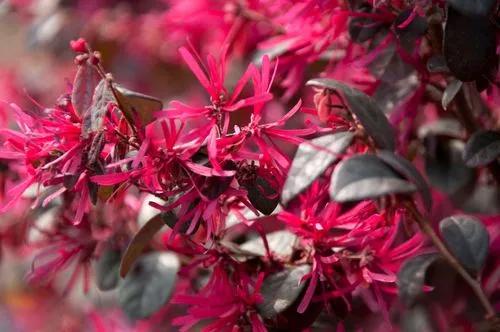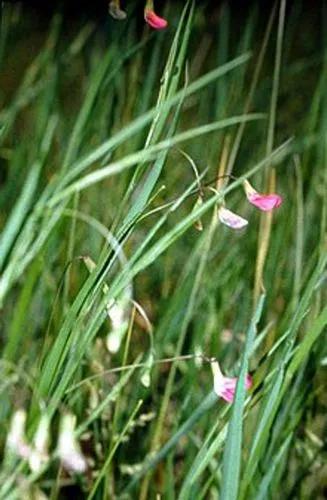Scandix pecten-veneris (shepherd's-needle, Venus' comb, Stork's needle) is a species of edible plant belonging to the family Apiaceae. It is native to Eurasia, but is known to occur elsewhere. It is named for its long fruit, which has a thickened body up to 1.5 centimeters long and a beak which can measure up to 7 centimeters long and is lined with comblike bristles.
Shepherd'S-Needle Care
Scandix pecten-veneris



Sparsely hairy annual. Stems to 50 cm, becoming hollow with age. Leaves bi- to tri-pinnate with lobes reaching around 10mm, narrow and entire to pinnatifid, petiole broadened at base and having scarious, usually ciliate margin. Umbels with 1-3 stout glabrous to sparsely hairy rays 0.5–4 cm in length; peduncle very short or absent; terminal umbel bearing hermaphrodite flowers and lateral umbels bearing variable proportions of male and hermaphrodite flowers. Bracts usually absent; bracteoles usually 5 in number, longer than pedicels, simple or irregularly (often deeply) divided. Flowers white; sepals small; outer petals not radiating; styles with enlarged base, forming stylopodium. Fruit 30-70mm, more or less cylindrical, slightly compressed laterally, with strongly dorsally flattened beak 3-4 times as long as and plainly distinct from seed-bearing portion, constricted at commissure; mericarps ribbed and scabrid with forward-pointing bristles on margins; carpophore present; vittae solitary and conspicuous; pedicels almost as thick as rays, glabrous at apex; styles 2-4 times as long as stylopodium, erect; stigma tapering. Cotyledons tapered gradually at base, without distinct petiole. Flowering time: May to June.
This plant is useful.
How to get rid of: Ideal management in arable land for S. pecten-veneris involves annual autumn cultivation without subsequent disturbance until the next year. Where this species occurs as a part of a species-rich community including species that perform better after spring cultivations, it may be necessary to cultivate in spring in some years. No fertiliser or herbicide should be applied. The harvest of a crop (if any has been drilled) should be after S. pecten-veneris has produced seed. Troublesome weed species, such as Alopecurus myosuroides and Bromus sterilis, may become abundant under continuous autumn cultivations. Problems with such species may be reduced by occasional spring cultivation.
How to Care for the Plant

Popularity

96 people already have this plant 31 people have added this plant to their wishlists
Discover more plants with the list below
Popular articles






